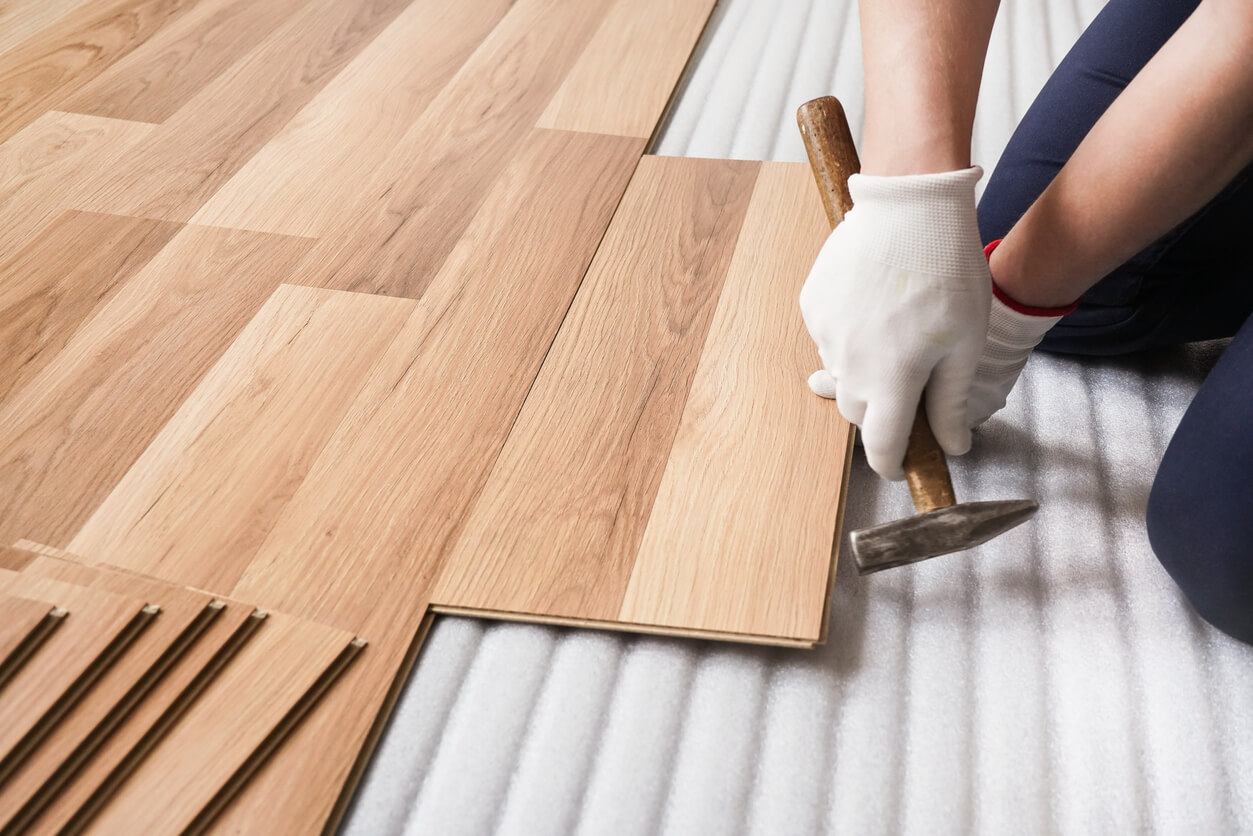

Articles
What Is A Floating Floor
Modified: August 31, 2024
Learn all about floating floors with our informative articles. Find out what they are, how they work, and why they're a popular choice for homeowners.
(Many of the links in this article redirect to a specific reviewed product. Your purchase of these products through affiliate links helps to generate commission for Storables.com, at no extra cost. Learn more)
Introduction
Floating floors have gained popularity in recent years as a cost-effective and versatile flooring option. They are a type of flooring installation method that involves laying individual interlocking planks or tiles over an existing subfloor, without the need for nails or glue. This innovative technique provides several benefits and is widely used in both residential and commercial settings.
With a floating floor, the individual planks or tiles are not attached directly to the subfloor. Instead, they are secured together by a unique locking mechanism that allows them to “float” above the subfloor. This design feature allows for easy installation, maintenance, and even removal if necessary.
Floating floors can be made from a variety of materials, including laminate, engineered hardwood, luxury vinyl, and cork. Each material offers its own unique set of advantages, making them suitable for different applications and preferences.
In this article, we will delve further into the concept of floating floors, explore the different types available, discuss the installation process, weigh the pros and cons, provide tips for maintenance, and debunk some common misconceptions. By the end of this article, you will have a comprehensive understanding of floating floors and whether they are the right choice for your next flooring project.
Key Takeaways:
- Floating floors offer easy installation, versatility, and cost-effectiveness, making them a popular choice for homeowners and businesses. With various materials available, they provide a practical and visually appealing flooring solution.
- Despite misconceptions, floating floors are durable, easy to install, and available in high-quality materials. By debunking myths and weighing pros and cons, individuals can make an informed decision for their flooring needs.
Read more: How To Fix Floating Floor Gaps
Definition of Floating Floor
A floating floor is a type of flooring installation method where the individual planks or tiles are not directly attached to the subfloor. Instead, they are locked together using a tongue-and-groove system or a click-lock mechanism that allows them to float above the subfloor. This creates a uniform and stable surface without the need for nails or glue.
The term “floating” refers to the fact that the flooring material is not fixed to the subfloor, but rather floats above it. This is achieved by interlocking the individual pieces, which creates a secure and seamless connection. The floating floor is typically installed over an underlayment, which provides cushioning, sound insulation, and moisture protection.
One of the key features of a floating floor is its versatility. It can be installed over a variety of subfloor types, including concrete, plywood, ceramic tiles, and even existing flooring. This makes it a popular choice for renovations and can save both time and money on extensive subfloor preparation.
Floating floors are available in various materials, with each offering different aesthetics and performance characteristics. Laminate flooring is a popular choice, as it mimics the look of hardwood flooring at a more affordable price point. Engineered hardwood is another popular option, combining the beauty of real wood with added stability and durability.
Luxury vinyl and cork are also commonly used materials for floating floors. Luxury vinyl offers a wide range of styles and is highly durable, making it suitable for high-traffic areas. Cork flooring, on the other hand, provides natural insulation and is eco-friendly.
Overall, the definition of a floating floor revolves around its installation method, where the individual planks or tiles are not permanently affixed to the subfloor. This method provides flexibility, ease of installation, and the ability to remove or replace individual pieces if needed.
Types of Floating Floors
Floating floors come in a variety of materials, each with its own unique characteristics and benefits. Let’s explore some of the most common types:
- Laminate Flooring: Laminate is a popular choice for floating floors due to its affordability and versatility. It consists of a high-density fiberboard (HDF) or medium-density fiberboard (MDF) core topped with a high-resolution image of wood or stone, protected by a clear wear layer. Laminate flooring is available in a wide range of styles, finishes, and textures, making it suitable for various design preferences.
- Engineered Hardwood Flooring: Engineered hardwood is constructed by bonding layers of real wood veneer to a plywood or high-density fiberboard (HDF) core. It offers the timeless beauty of hardwood with enhanced stability and durability. Engineered hardwood floating floors can be sanded and refinished multiple times, allowing for long-lasting beauty and longevity.
- Luxury Vinyl Plank (LVP): Luxury vinyl plank, also known as LVP, is a highly versatile and durable option for floating floors. It mimics the look of natural wood or stone but offers superior resistance to moisture, scratches, and wear. LVP is available in a wide range of designs, including realistic wood grain patterns and stone textures, making it an appealing choice for any room in the house.
- Cork Flooring: Cork floating floors are made from the bark of the cork oak tree. They are naturally resistant to moisture, mold, and mildew, making them an excellent choice for kitchens, bathrooms, and basements. Cork flooring provides cushioning underfoot, sound insulation, and thermal insulation, helping to create a comfortable and energy-efficient environment.
- Bamboo Flooring: Bamboo floating floors offer the beauty of hardwood with the eco-friendly benefits of a rapidly renewable material. Bamboo is highly durable and resistant to moisture, making it suitable for high-traffic areas. It comes in a wide range of colors and finishes, allowing for versatile design options.
- Tile Flooring: While traditional tile flooring is usually installed using mortar or adhesive, there are also floating tile options available. These tiles typically have an interlocking mechanism or a click-lock system that allows them to be installed as a floating floor. Floating tile floors offer the beauty and durability of ceramic or porcelain tiles with the added benefits of easy installation and removal.
These are just a few examples of the types of floating floors available in the market. Each type has its own unique features and benefits, so take the time to research and choose the one that best suits your needs, budget, and design preferences.
Installation Process of Floating Floor
The installation of a floating floor is relatively straightforward and can often be done as a DIY project. However, it’s essential to follow the manufacturer’s instructions and ensure you have the necessary tools and materials. Here is a general overview of the installation process:
- Prepare the Subfloor: Start by preparing the subfloor. It should be clean, dry, and level. Remove any existing flooring, nails, or debris. If needed, use a self-leveling compound to ensure an even surface.
- Acclimate the Flooring: Many flooring materials, such as laminate or hardwood, need to acclimate to the room’s conditions before installation. Follow the manufacturer’s instructions regarding acclimation, which typically involves leaving the planks or tiles in the room for a specific period to adjust to the humidity and temperature.
- Lay the Underlayment: Install an underlayment on top of the subfloor. The underlayment helps with sound insulation, moisture protection, and cushioning. There are various types of underlayment available, such as foam, cork, or felt, depending on the specific flooring material.
- Measure and Plan: Measure the room’s dimensions and plan the layout of the flooring. Consider starting from the longest, straightest wall for a more visually appealing result. Remember to leave a small gap, typically around ¼ inch, along the perimeter of the room to allow for expansion.
- Begin Installation: Start laying the first row of planks or tiles, using spacers to maintain an even gap between them and the walls. Connect the pieces together using the designated locking mechanism, whether it’s a tongue-and-groove system or a click-lock mechanism. Use a tapping block and rubber mallet to help secure the connections.
- Continue Installing: Work row by row, connecting each plank or tile to the previous one. Stagger the end joints of the planks or tiles to create a more natural-looking and stable floor. Use a saw or a utility knife to cut the pieces as needed to fit around obstacles, doorways, or edges.
- Complete the Installation: Once all the planks or tiles are in place, remove the spacers and install the baseboards or trim to cover the expansion gap. Trim any excess underlayment around the edges. Give the floor a final visual inspection, ensuring all connections are secure and the flooring is properly aligned.
It’s important to follow the specific installation guidelines provided by the manufacturer of your chosen flooring material. These instructions may vary slightly depending on the product, so always refer to the manufacturer’s recommendations for the best results.
If you’re unsure about installing a floating floor yourself or if the area is large and complex, it’s advisable to seek professional installation services. Professional installers have the experience and tools to ensure a smooth and precise installation, giving you peace of mind and a beautifully finished floor.
Pros and Cons of Floating Floors
Floating floors offer numerous advantages that make them a popular choice among homeowners and businesses. However, like any flooring option, there are also some potential drawbacks to consider. Let’s explore the pros and cons of floating floors:
Read more: What Are Floating Stairs
Pros:
- Easy Installation: One of the biggest advantages of floating floors is their easy installation. With the click-lock or tongue-and-groove system, planks or tiles can be quickly and effortlessly interlocked, eliminating the need for nails or glue. This makes them an excellent DIY project and can save on installation costs if hiring a professional.
- Versatility: Floating floors can be installed over various existing flooring types and subfloors, including concrete, plywood, and even ceramic tiles. This versatility makes them a suitable choice for both new constructions and renovation projects, allowing you to give a fresh look to any room without extensive subfloor preparation.
- Cost-Effective: Floating floors are often more affordable compared to traditional flooring options, such as solid hardwood. Laminate and luxury vinyl, in particular, offer a wide range of styles and designs at a more budget-friendly price point. This allows you to achieve the look of expensive flooring materials at a fraction of the cost.
- Easy Maintenance: Floating floors are relatively easy to maintain. Regular sweeping or vacuuming, along with occasional damp mopping, is usually sufficient to keep them clean. They are also more resistant to staining and fading compared to other flooring types, making them a practical choice for high-traffic areas or households with pets and children.
- Moisture Resistance: Many floating floors, such as laminate and luxury vinyl, are designed to be highly resistant to moisture. This makes them suitable for areas prone to spills or humidity, such as kitchens, bathrooms, and basements. The moisture resistance also helps to prevent warping, swelling, and mold growth on the flooring surface.
Cons:
- Limited Lifespan: While floating floors offer durability, they usually have a shorter lifespan compared to solid hardwood or tile floors. Depending on the quality and thickness of the materials, floating floors may need to be replaced sooner than other flooring options, especially in heavily used areas. However, keep in mind that this can vary based on the specific flooring material chosen.
- Less Authenticity: While floating floors can closely mimic the look of natural materials like hardwood or stone, they may not have the exact authenticity or feel of the real thing. This can be a subjective drawback for those who prefer the unique character and texture of genuine hardwood or tile.
- Noisy Footsteps: Floating floors can sometimes produce a hollow or clicking sound when walked upon, especially if they are installed without proper underlayment or subfloor preparation. This can be mitigated by choosing a high-quality underlayment or opting for flooring materials specifically designed for noise reduction.
- Less Refinishing Options: Unlike solid hardwood flooring, which can be sanded and refinished multiple times, most floating floors cannot be sanded down to remove scratches or dents. Instead, damaged planks or tiles may need to be replaced entirely. However, engineered hardwood floating floors often have a thicker wear layer and can be sanded and refinished at least once.
It’s important to carefully consider these pros and cons to determine if a floating floor is the right choice for your specific needs and preferences. Ultimately, it comes down to weighing the advantages and drawbacks against your budget, design goals, and expected usage of the floor.
Maintenance of Floating Floors
Maintaining a floating floor is relatively easy and requires a few simple steps to keep it looking beautiful and in good condition. Here are some maintenance tips to consider:
Regular Cleaning:
Sweep or vacuum the floating floor regularly to remove dirt, dust, and debris. Use a soft-bristle broom or a vacuum cleaner with a brush attachment to avoid scratching the surface. Pay extra attention to high-traffic areas and areas near entrances, as they tend to accumulate more dirt.
You can also use a damp mop or a microfiber mop with a cleaning solution specifically formulated for your flooring material. Avoid using excessive water or harsh cleaning agents, as they can damage the floor. Always follow the manufacturer’s recommendations for cleaning products and methods.
Read more: What Is Float Glass
Deal with Spills Immediately:
If any liquid spills on the floor, clean it up immediately to prevent it from seeping into the seams or causing damage. Use a soft cloth or a paper towel to soak up the spill, being careful not to let it spread. If necessary, lightly dampen the cloth with water or a mild cleaner that is safe for your flooring material.
Protect from Furniture Scratches:
Use felt pads on the bottom of furniture legs to prevent scratches or dents on the floating floor when moving or rearranging furniture. Avoid dragging heavy items across the floor, as it can cause scratching. Lift and carry furniture instead of sliding it to protect the flooring surface.
Apply Protective Mats and Rugs:
Place protective mats or rugs in high-traffic areas or areas prone to spills, such as entryways, in front of sinks, and dining areas. These mats will help prevent dirt and moisture from being tracked onto the floor, reducing wear and tear. Ensure that the mats have a non-slip backing to prevent them from shifting and causing tripping hazards.
Control Humidity Levels:
Floating floors can expand or contract with changes in humidity. To maintain the best conditions for your floor, keep the room’s humidity levels within the manufacturer’s recommended range. Use a humidifier during dry seasons to add moisture to the air, and use a dehumidifier during humid seasons to remove excess moisture.
Read more: What Is A Floating Vanity
Avoid Harsh Chemicals and Abrasive Cleaning:
Avoid using harsh chemicals, abrasive cleaners, or wax on your floating floor. These substances can damage the surface and wear away the protective coating or finish. Stick to mild, pH-neutral cleaners that are recommended by the flooring manufacturer. If you’re unsure about a particular cleaning product, test it in a small inconspicuous area before applying it to the entire floor.
By following these maintenance tips, you can extend the lifespan and preserve the appearance of your floating floor. Regular cleaning and proactive care will help it maintain its beauty and functionality for years to come.
Common Misconceptions about Floating Floors
Like any flooring option, there are some misconceptions surrounding floating floors that may deter people from considering them as a viable choice. Let’s debunk some of the most common misconceptions:
- Floating Floors are not Durable: One of the biggest misconceptions about floating floors is that they are not as durable as traditional flooring options. While it’s true that floating floors may have a shorter lifespan compared to solid hardwood, their durability should not be underestimated. Many floating floors are engineered with high-quality materials and finishes, making them resistant to scratches, stains, and fading. The key is to choose a reputable brand and follow proper maintenance recommendations.
- Floating Floors are Difficult to Install: Some people believe that installing a floating floor is a complicated and time-consuming process that requires professional expertise. However, with the right tools and following the manufacturer’s instructions, installing a floating floor can be a relatively simple DIY project. The interlocking system used in floating floors makes the installation process quicker and easier compared to traditional flooring methods.
- Floating Floors are Low-Quality: Another misconception is that floating floors are inferior in quality compared to solid hardwood or tile floors. While it’s true that there are inexpensive options available, there are also high-quality floating floors made from premium materials. Laminate, engineered hardwood, luxury vinyl, and cork are just a few examples of floating floor materials that can offer exceptional durability and aesthetics.
- Floating Floors Look Fake: Some people believe that floating floors, particularly laminate or luxury vinyl, can look fake or artificial compared to natural materials. However, advancements in technology have allowed manufacturers to produce floating floors that closely mimic the appearance and texture of real wood, stone, or tile. With a wide range of patterns and finishes to choose from, it’s possible to find a floating floor that beautifully replicates the look you desire.
- Floating Floors are Noisy: There is a common misconception that floating floors produce a hollow or clicking sound when walked upon. While this can be true if the installation is not done correctly or if the proper underlayment is not used, it’s important to note that many floating floors now come with built-in soundproofing features. Investing in a high-quality underlayment or choosing flooring materials specifically designed for noise reduction can minimize any potential noise issues.
It’s important to separate fact from fiction when considering floating floors as an option for your home or business. By debunking these misconceptions, you can make a more informed decision based on accurate information and your specific needs and preferences.
Remember, different types of flooring have their own advantages and limitations. It’s always a good idea to research and compare different options, consult with professionals if needed, and choose the flooring that best suits your budget, design goals, and lifestyle.
Conclusion
Floating floors offer a versatile and cost-effective flooring option for homeowners and businesses alike. With easy installation, a wide variety of materials to choose from, and numerous benefits, they have become a popular choice in the flooring industry. From laminate to engineered hardwood, luxury vinyl to cork, there is a floating floor to suit every design preference and budget.
Throughout this article, we have explored the definition of floating floors, the different types available, the installation process, the pros and cons, proper maintenance techniques, and debunked common misconceptions. By understanding these aspects, you are equipped with the knowledge needed to make an informed decision for your flooring project.
Floating floors offer numerous advantages, including easy installation that can often be undertaken as a DIY project, versatility in installation options, cost-effectiveness in comparison to other flooring options, and easy maintenance. They are also available in a wide range of materials and designs, offering the opportunity to achieve the desired aesthetic without breaking the bank.
However, it’s important to consider some potential drawbacks of floating floors, such as a limited lifespan compared to solid hardwood floors, the possibility of a less authentic feel compared to natural materials, potential noise concerns, and fewer refinishing options. By weighing these factors against your specific needs, preferences, and budget, you can determine if a floating floor is the right choice for your space.
In conclusion, floating floors have revolutionized the flooring industry with their innovative installation technique and diverse material options. They provide a practical and visually appealing solution for a wide range of applications, from residential homes to commercial properties. When properly installed and maintained, floating floors can offer long-lasting beauty and durability, making them a worthwhile investment.
Whether you’re looking to update your home’s flooring or renovate a commercial space, consider the advantages of floating floors and make an informed decision that meets your unique requirements. With their wide availability, ease of installation, and ability to transform any room, floating floors are a flooring solution worth considering for your next project.
Frequently Asked Questions about What Is A Floating Floor
Was this page helpful?
At Storables.com, we guarantee accurate and reliable information. Our content, validated by Expert Board Contributors, is crafted following stringent Editorial Policies. We're committed to providing you with well-researched, expert-backed insights for all your informational needs.

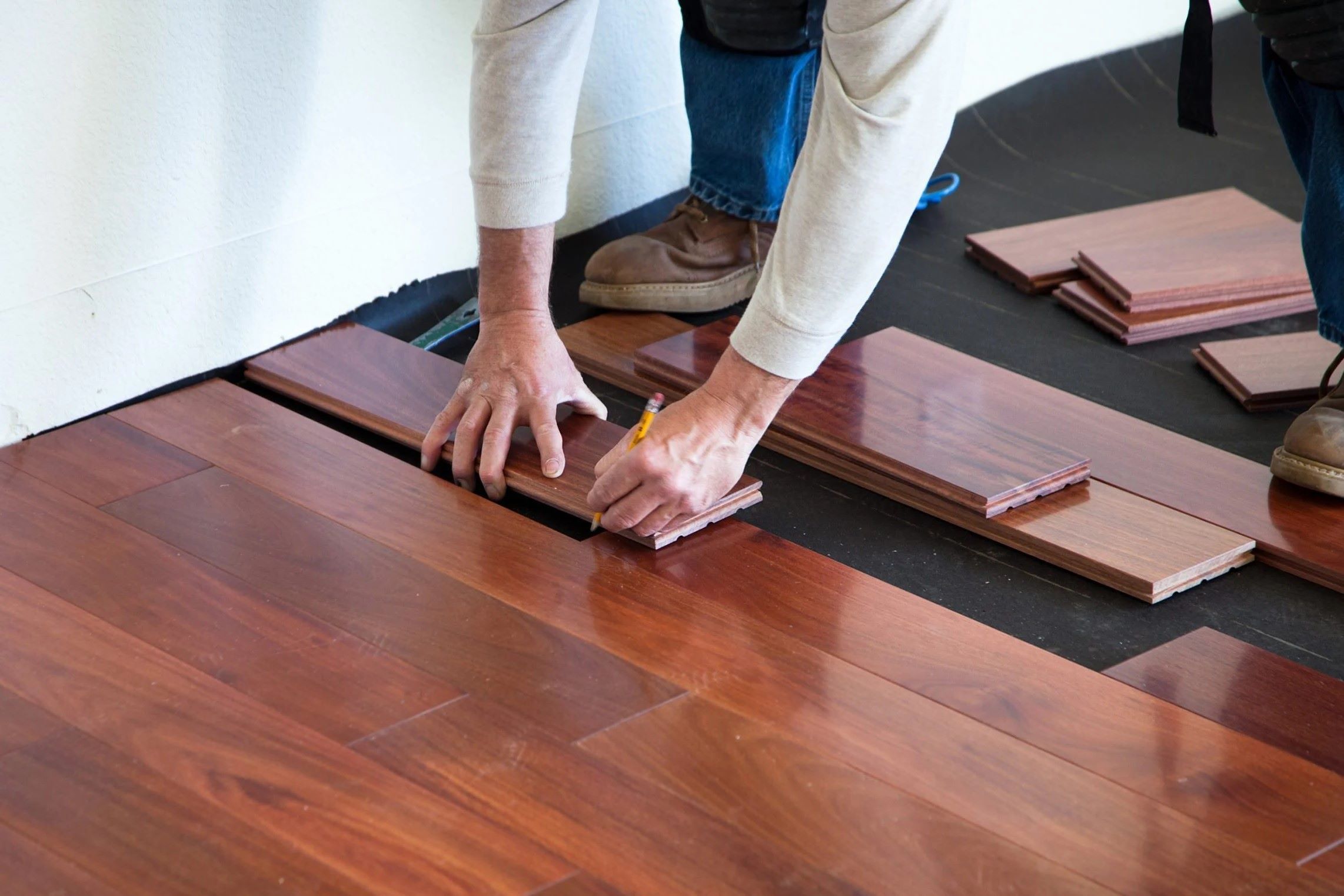





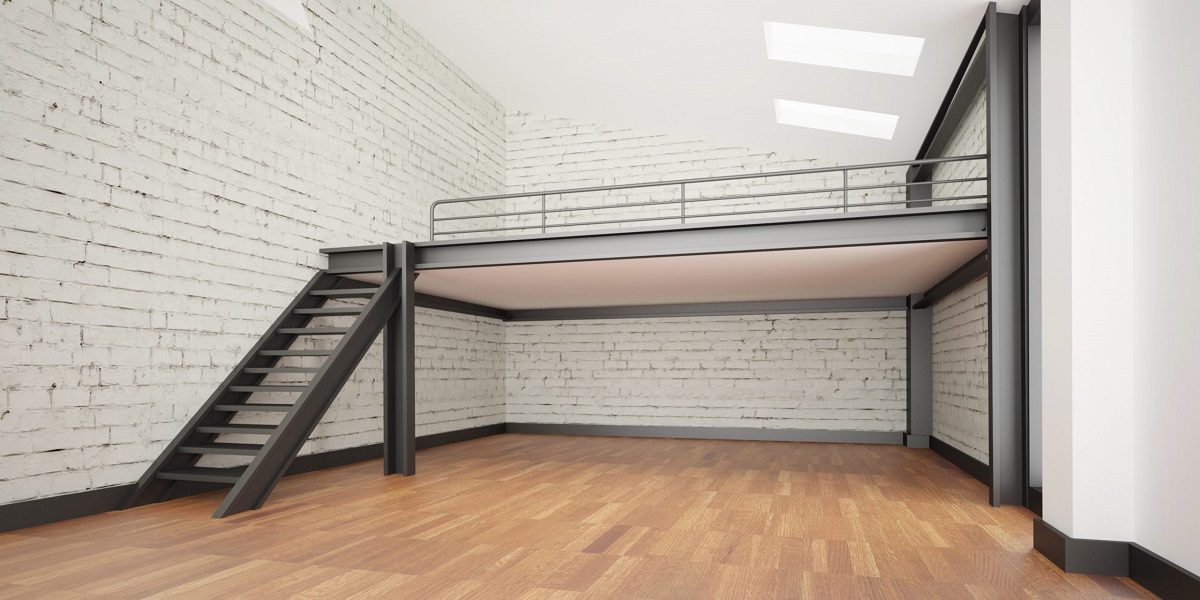
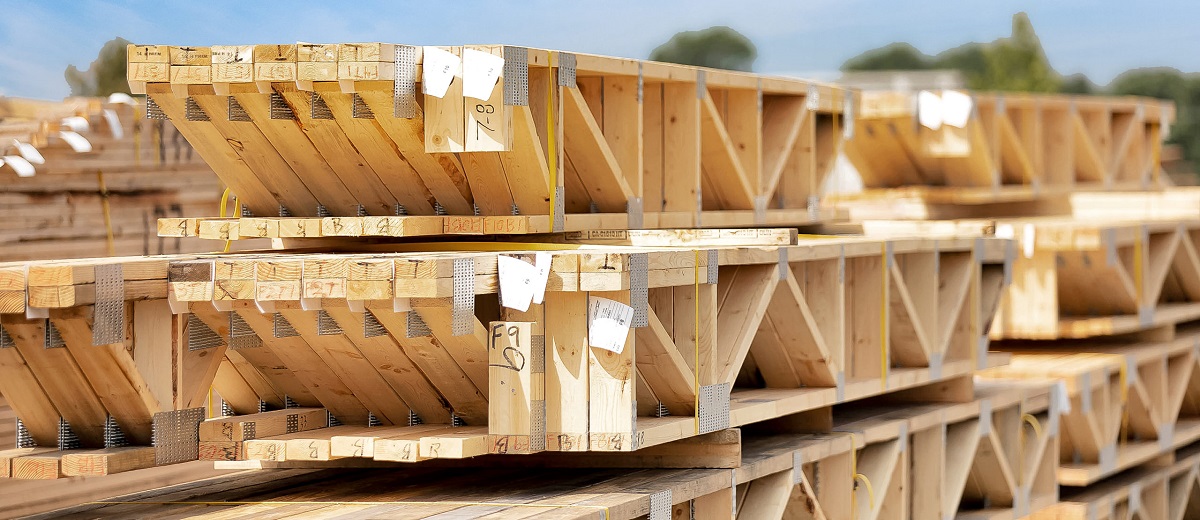
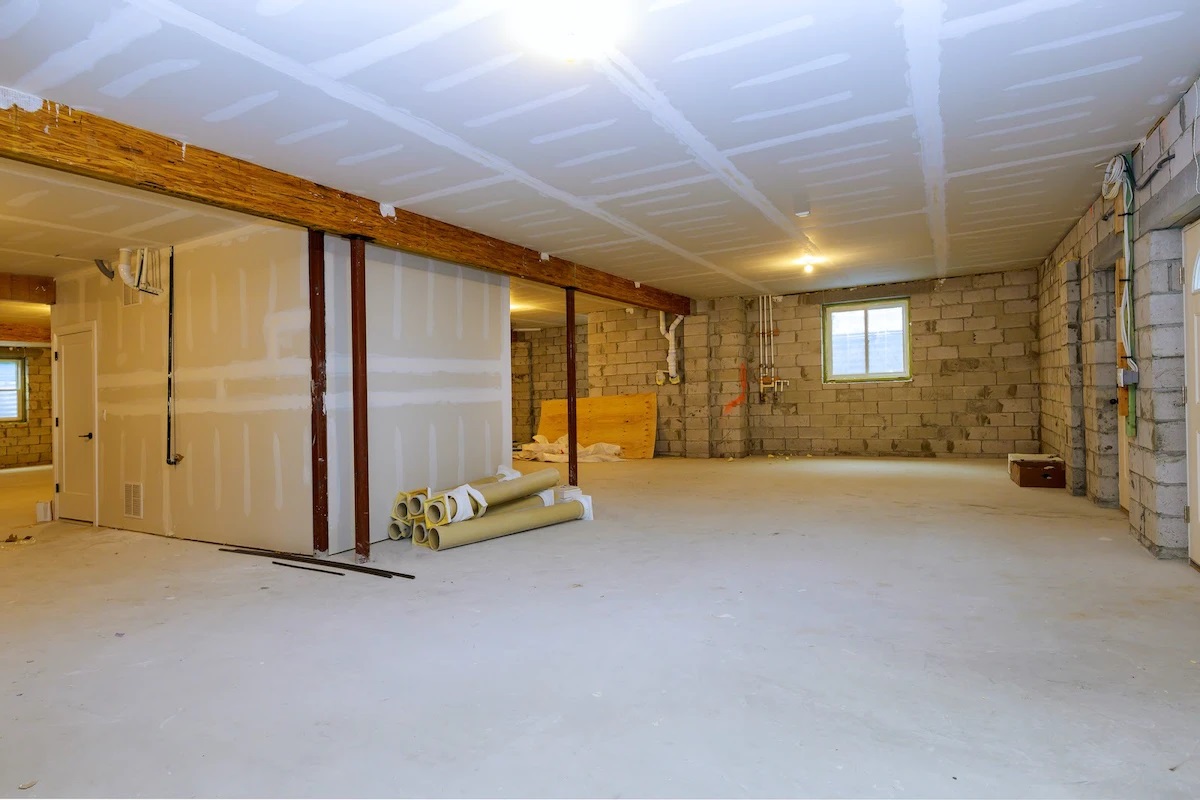

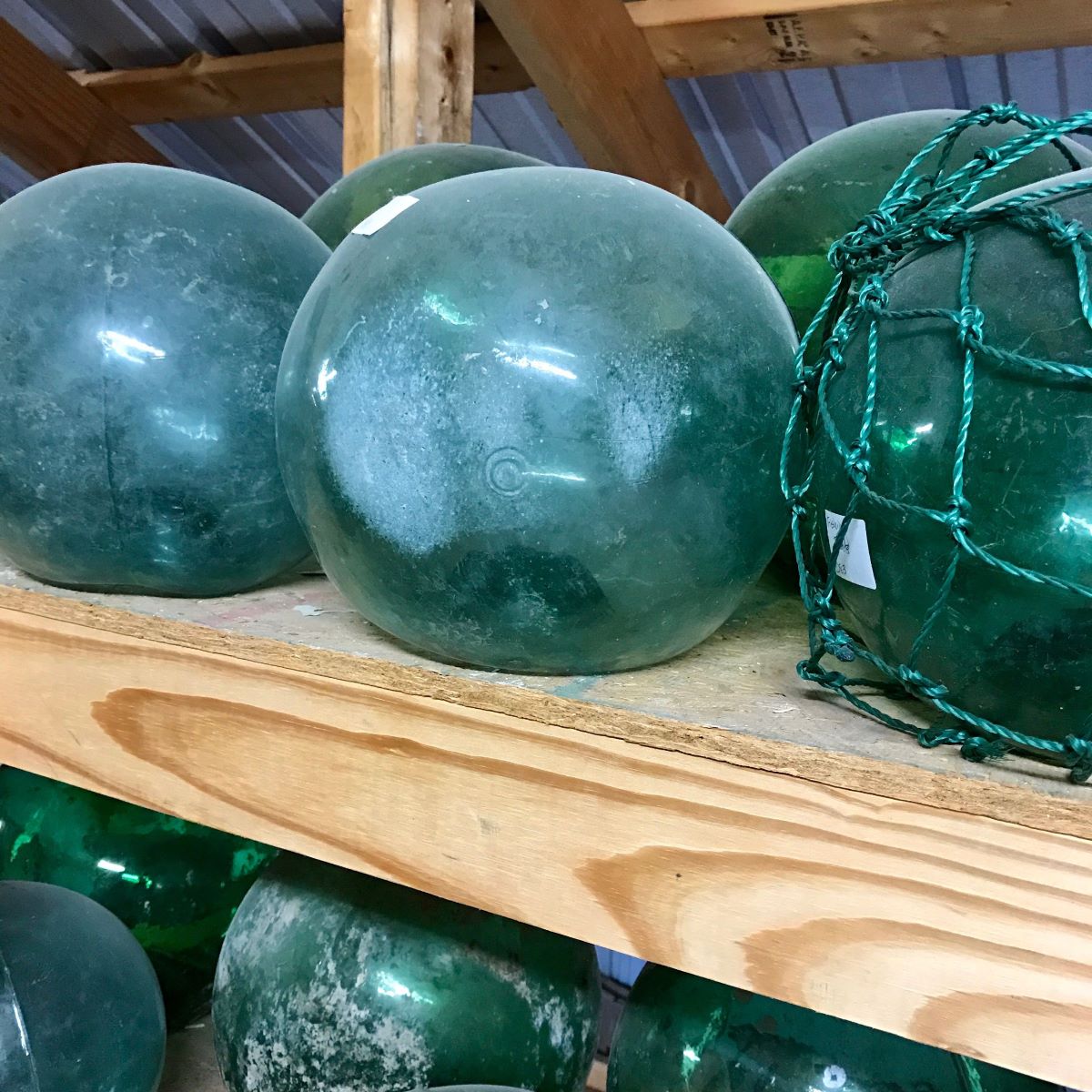

0 thoughts on “What Is A Floating Floor”